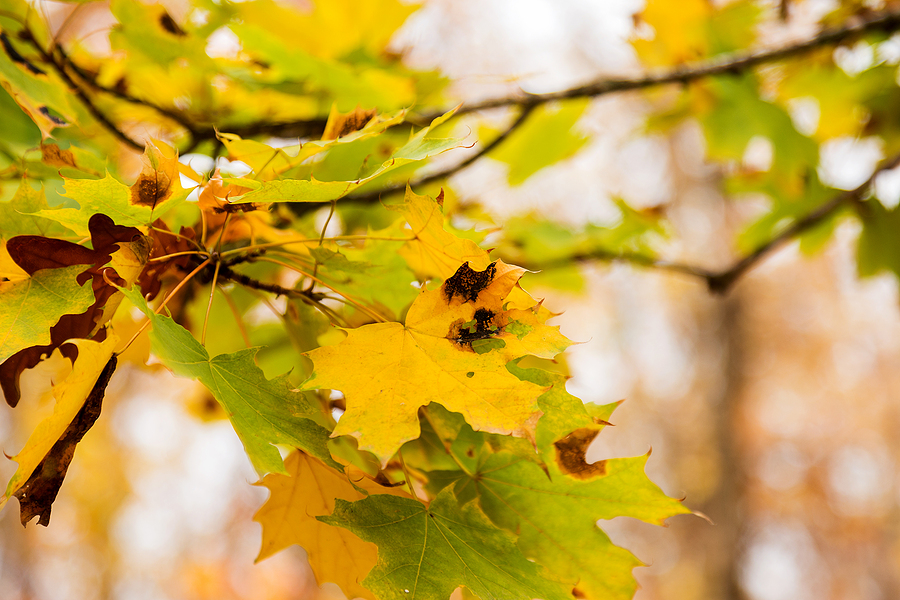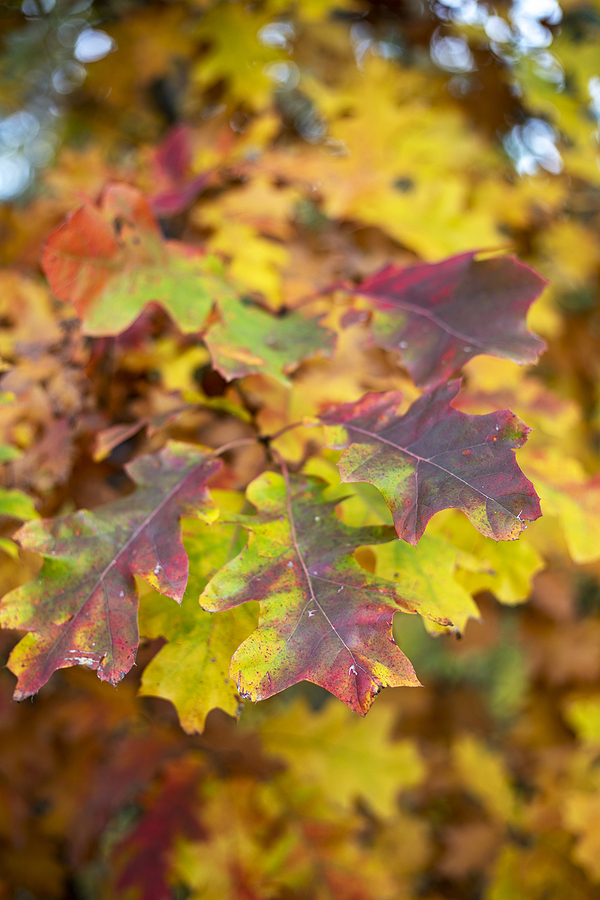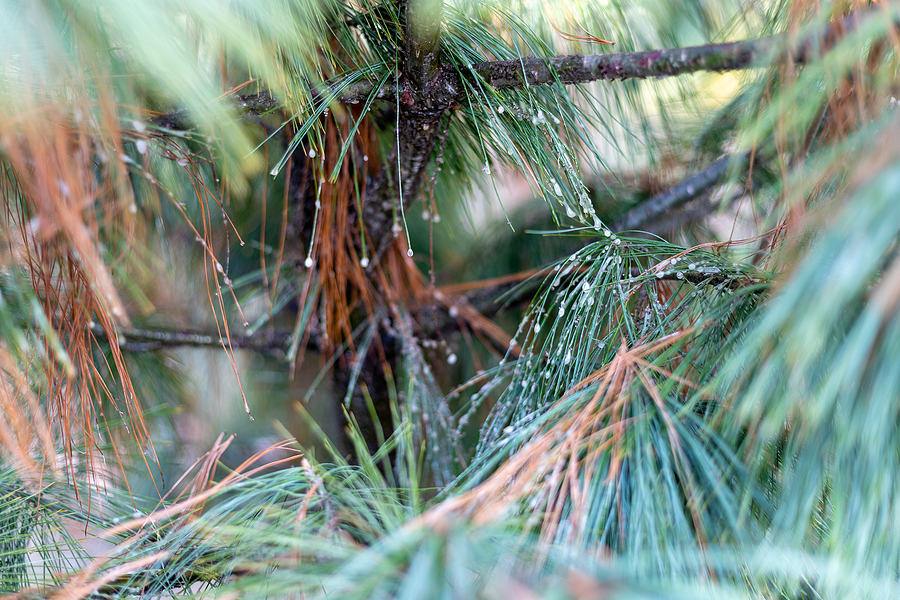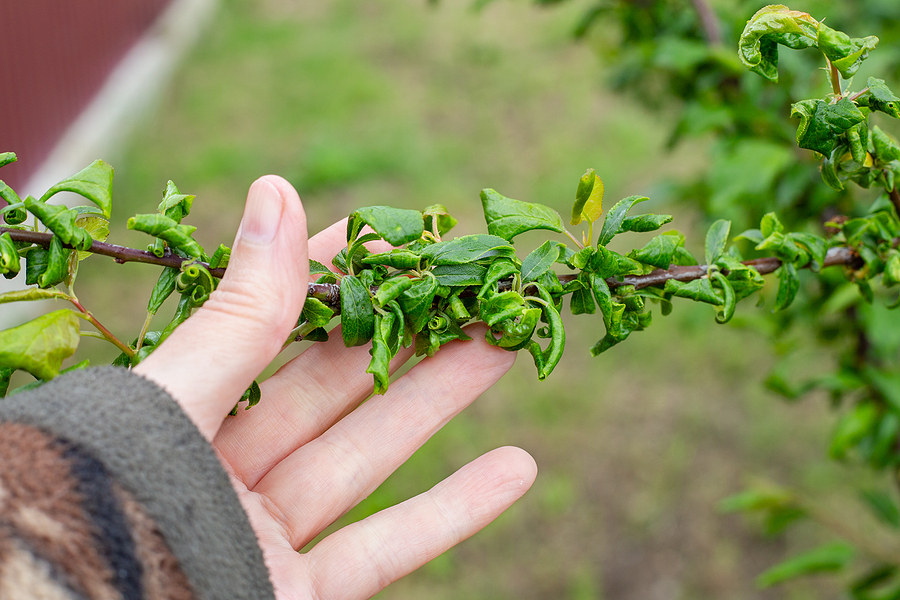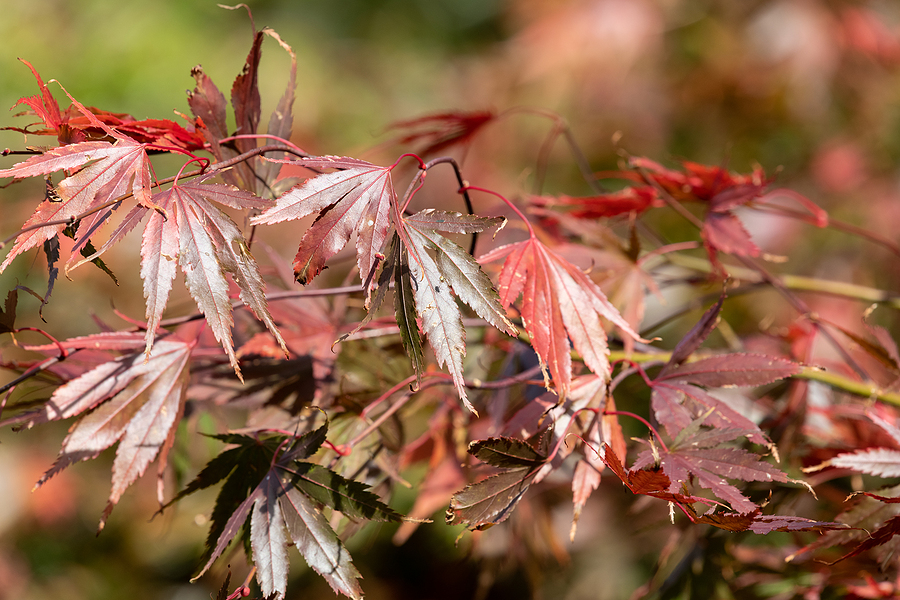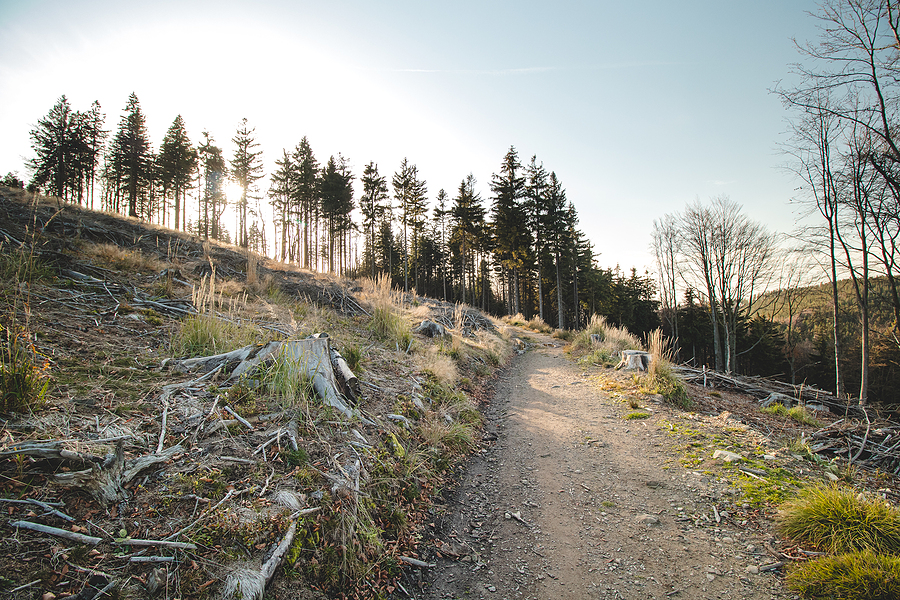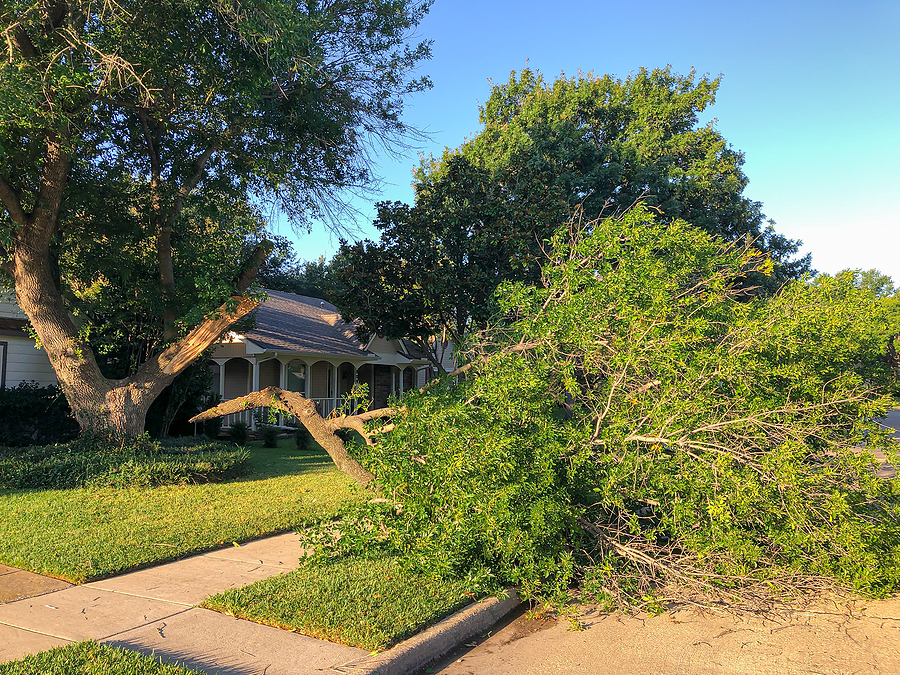A healthy, thriving landscape is a source of pride for any Indiana homeowner. But invasive pests can quickly turn a beautiful yard into a stressful problem. One of the most destructive tree pests in our region is the spongy moth, formerly known as the gypsy moth. These insects are notorious for their voracious appetites, capable of stripping a tree of its leaves in a matter of weeks.
Understanding the threat these pests pose is the first step toward protecting your valuable trees. A single infestation can weaken a mature tree, making it vulnerable to other tree diseases and environmental stressors.
This guide will walk you through everything you need to know about spongy moths in Indiana, from their life cycle and the damage they cause to effective prevention and control methods. By the end, you’ll have actionable steps to safeguard your trees and maintain their long-term health.
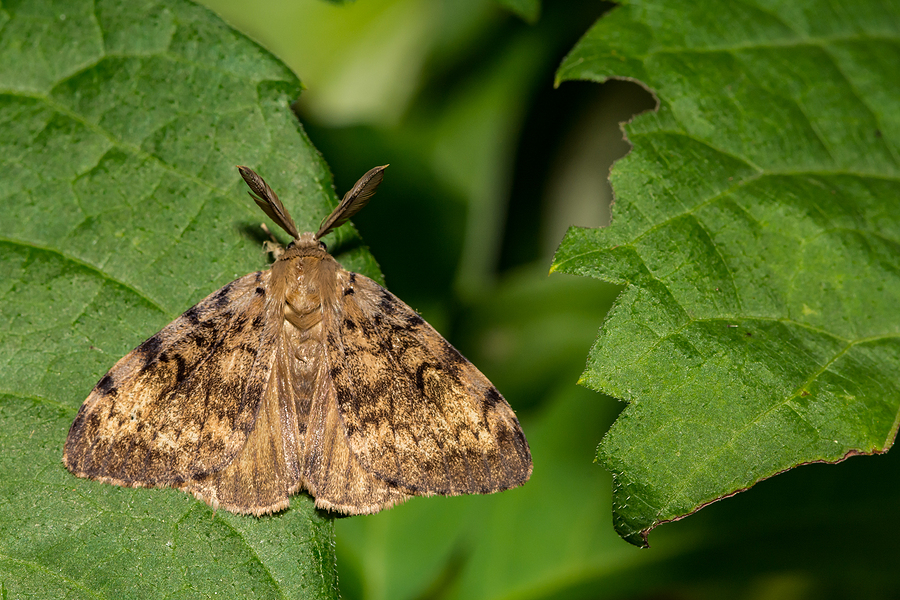
What Are Spongy Moths?
The spongy moth (Lymantria dispar) is an invasive species native to Europe and Asia. Since its accidental introduction to North America in the 1860s, it has spread across the northeastern United States and into parts of the Midwest, including Indiana. Its populations can explode periodically, leading to widespread defoliation of forests and residential trees.
Life Cycle and Geographic Spread
To effectively manage this pest, it’s important to understand its four life stages:
1. Egg: The life cycle begins with fuzzy, tan-colored egg masses laid on tree bark, outdoor furniture, and other sheltered surfaces. Each mass can contain several hundred eggs, which survive the winter and begin hatching in spring.
2. Larva (Caterpillar): This is the most destructive stage. From late spring to early summer, the caterpillars emerge and feed relentlessly on tree leaves. They grow up to two inches long and are identifiable by the five pairs of blue dots and six pairs of red dots along their backs.
3. Pupa: In early to mid-summer, the caterpillars enter the pupal stage, enclosing themselves in cocoons. This stage lasts for about one to two weeks.
4. Adult: Adult moths emerge in mid-to-late summer. The male moths are brown and can fly, while the female moths are white, larger, and flightless. The females release pheromones to attract males, mate, and then lay a single egg mass before dying.
In Indiana, spongy moth populations are most concentrated in the northern counties but are gradually spreading south. Their ability to lay eggs on vehicles, firewood, and outdoor equipment allows them to travel long distances, establishing new infestations far from their original location.
The Impact of Spongy Moths on Tree Health
While a single instance of defoliation may not kill a healthy tree, it causes significant stress. Repeated infestations weaken trees, making them susceptible to other tree pests and diseases that can eventually lead to death.
Trees at Risk
Spongy moth caterpillars are not picky eaters and feed on over 300 species of trees and shrubs. However, they have clear favorites. In Indiana, the most susceptible trees include:
- Oaks
- Aspen
- Apple and crabapple
- Birch
- Willow
When populations are high and their preferred food sources are depleted, they will move on to less desirable species, such as maple, cherry, and even pine and spruce trees.
Signs of an Infestation
Early detection is critical for effective gypsy moth control. Look for these signs on your property:
- Egg Masses: Tan, fuzzy patches about the size of a quarter, visible from fall through spring.
- Caterpillars: Small, dark caterpillars in late spring, growing larger and more distinct through early summer.
- Leaf Damage: Small holes in leaves that grow larger as caterpillars feed, eventually leading to complete defoliation.
- Frass: Caterpillar droppings, which resemble dark specks, may accumulate under heavily infested trees.
A sick tree will show signs of stress, including thinning canopy, discolored leaves, and reduced growth. If you notice these symptoms, it’s time to take action.
Schedule Seasonal Tree Service Today! ✅
Tree Pest Prevention and Control Strategies
A proactive approach combining prevention and control can protect your trees from significant damage. Here are some effective strategies for Indiana homeowners.
Tree Infestation Prevention
Protecting your trees starts with simple, consistent actions.
▶ Regular Monitoring: From fall to spring, inspect your trees, home exterior, and outdoor equipment for egg masses. Scrape them off with a stiff brush or putty knife and submerge them in a bucket of soapy water for a few days before discarding them.
▶ Barrier Bands: In late spring, wrap a 12-inch-wide band of burlap around the tree trunk at chest height. Tie a string around the middle of the band and fold the top portion down over the string. Caterpillars will hide under the burlap to escape the daytime sun, where you can collect and destroy them daily. You can also use sticky bands to trap caterpillars as they climb.
▶ Encourage Natural Predators: Birds, beneficial insects, and small mammals prey on spongy moths. Creating a diverse habitat with native plants can attract these predators to your yard.
Control Methods for Active Infestations
If you already have an infestation, you may need to implement more direct control methods.
▶ Biological Treatments: For young caterpillars, a biological pesticide called Bacillus thuringiensis (Bt) is highly effective. Bt is a naturally occurring bacterium that only affects caterpillars and is safe for people, pets, and other wildlife. It should be applied in early spring when the caterpillars are small.
▶ Chemical Treatments: In cases of severe infestation, chemical insecticides may be necessary. These treatments are most effective when applied by a certified professional to ensure safety and proper application. Contacting a professional tree service is the best way to handle large-scale pest problems.
Partner with Professionals for Long-Term Tree Health
While DIY methods are helpful, the most reliable way to manage destructive pests and ensure long-term tree health is through professional intervention. Certified tree care specialists have the expertise and equipment to diagnose and treat tree problems effectively.
A professional tree care company in Indiana can provide:
- Comprehensive Inspections: Identify signs of pests and diseases before they become severe.
- Referrals for Targeted Treatments: Apply the right products at the right time for maximum effectiveness and minimal environmental impact.
- Pruning and Maintenance: Remove dead or weakened branches to improve tree structure and reduce pest habitats.
- Soil and Root Care: Ensure your trees have the nutrients and conditions they need to thrive and resist stressors.
Routine tree maintenance is an investment in the health and beauty of your landscape, protecting your property value for years to come.
In Summary
Spongy moths pose a serious threat to Indiana’s trees, but with knowledge and proactive measures, you can protect your landscape. By monitoring your trees, implementing preventive strategies, and knowing when to call for help, you can keep your trees healthy and resilient. Don’t wait until a sick tree becomes a lost cause.
If a spongy moth infestation has devastated any of your trees, our team is here to assist. Contact Us Today to book a comprehensive assessment for removal or pruning. We serve residential and commercial properties throughout Indy.
Call Now to Schedule an Inspection
Related Post: Common Indiana Tree Pests and How to Manage Them Safely

